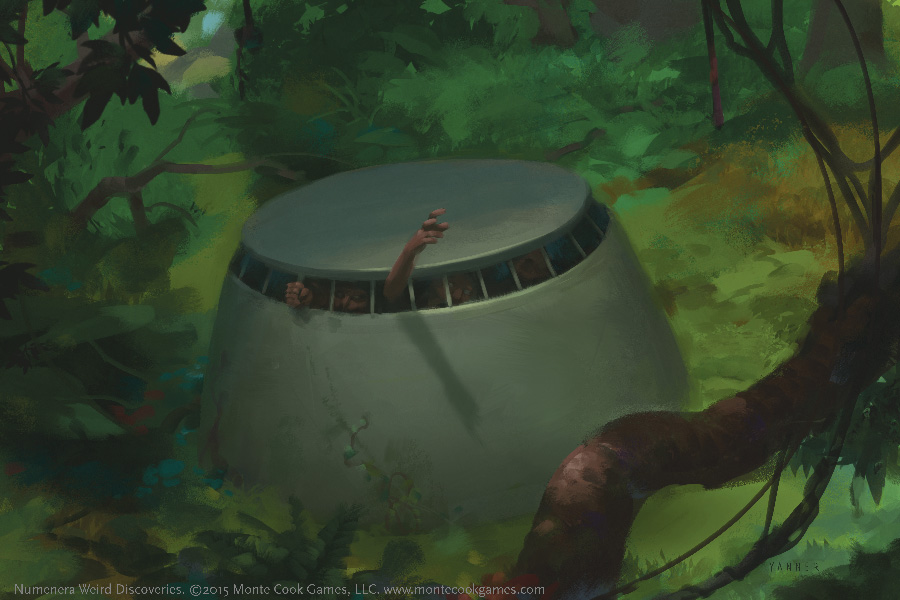Most game masters (GMs) take a lot of notes during an average game session. These notes usually contain things like: people encountered by the player characters (PCs), places they have wandered, mysteries they have solved, things they have collected, and more. Good GMs also have deep and meaningful lists of characters, interesting bits for their players to see, and more. They always have a nugget of an idea or two just waiting to fill a gap in gameplay. I keep a note pad filled with weird ideas, and I cross them out as I use them, to avoid accidental repeats. To keep them separate, I often write ideas on the left page and information from the adventure on the right. Sometimes, I even use different colored inks.

GMs take notes for a lot of different reasons, not the least of which is that, if you don’t write it down, it’s likely that when you come back to the table the information will be lost. So, step one is take notes; lots and lots of notes. Keep those notes near and dear to maintain the game’s consistency (“was the drover in Lellit named Spar or Sapar?”), expand player options (“north of the city is a forest of stunted trees, to the west is a broken path of silver stones, to the east, desert,”) and add cool information which reinforces the verisimilitude of the situation (“that particular aneen loved opom grass”). However, to get the most out of the situation, during down-time between game sessions, gather up those notes and cast a questioning eye on them. Every session I run, I take the time to do this. I look at the notes and ask the overarching question: how can these be interrelated in a believable way? For example, using the information above, I might ask myself the following questions:
- Who does the drover Spar know in Lellit? Who can he point the PCs towards?
- What might he say about the broken path of silver stones that lead to the west?
- Does he specialize in caring for aneen? Or does he hate them?
I also try to give each note a secret, if it makes sense. For example:
- Spar has been stealing feed from the animals, hoarding and selling it—he hopes to leave town with the money he is secretly collecting by selling the feed on the side.
Each of these questions or ideas adds depth to the game by expanding the PCs’ choices. Positive or negative, each represents information that may come in handy to the players and make them feel more rooted in the “reality” of the world. This is not to say every item needs an interconnection, but the old saying “there are no strangers in a small town,” rings true. In small settlements or empty quarters, interconnections are more likely, while in the big city, there are so many people, it’s unlikely you’ll meet someone who knows someone you’ve already met.
So, GMs, keep your notebook handy, take extensive notes, and when you have the time, ask questions to get the most out of them.